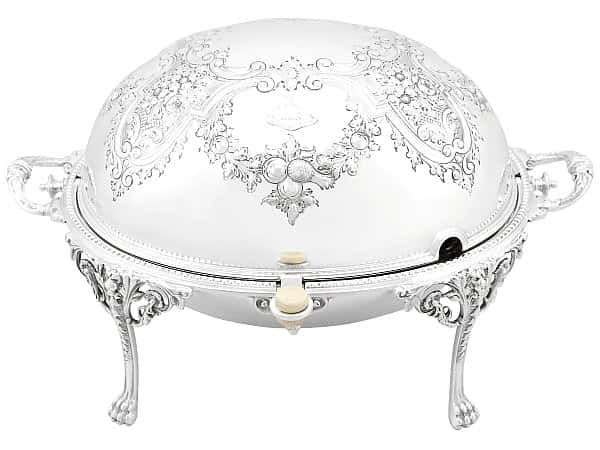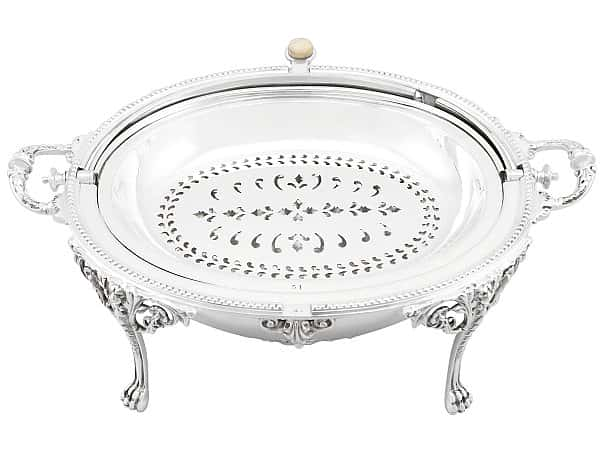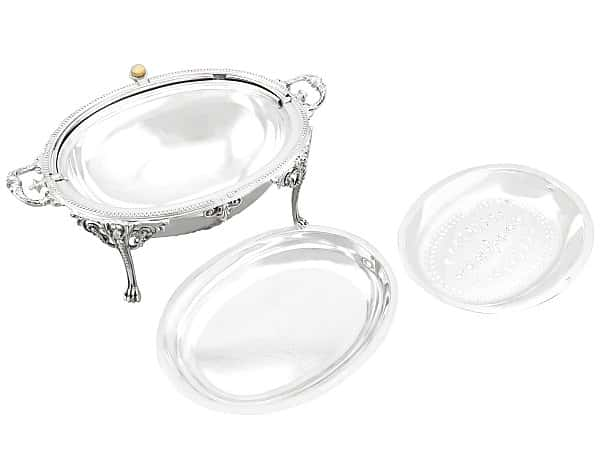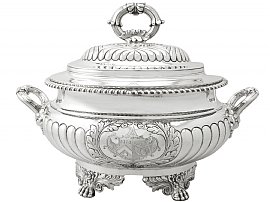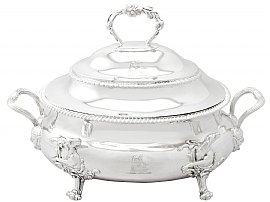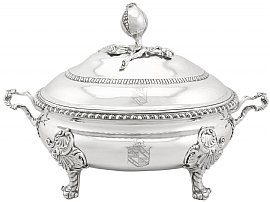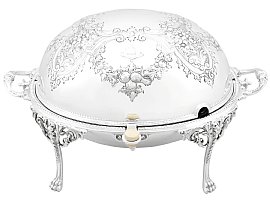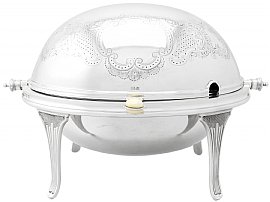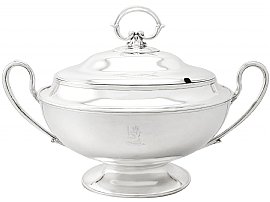Chafing Dish History
The concept of eating at the dining table has changed and evolved many times. During the Victorian period, for example, a well-set dining table would usually feature upwards of thirty items. Contrasting this lavish style, modern-day dining prefers a more stripped-back, simplistic approach. The chafing dish has played a small but important role in dining for hundreds of years.
What Is a Chafing Dish?
In its most basic form, a chafing dish is a dish on raised legs. The chafing dish has a tray for burners between its raised legs, allowing the contents of the dish to be kept warm. Chafing dishes are also equipped with lids, keeping the heat contained.
Antique chafing dishes were significantly smaller. Rather than taking a plain, rectangular shape, these dishes were more often oval or rounded in form. They frequently had elongated handles with wooden accents, allowing the dish to be easily transported without injuring oneself from the heat. A small area beneath the main dish featured a holder for a flame, heating the dish consistently during use.
Chafing dishes come in a range of sizes, with some being intended for small-scale home use, while others are industrial, used to serve large groups.
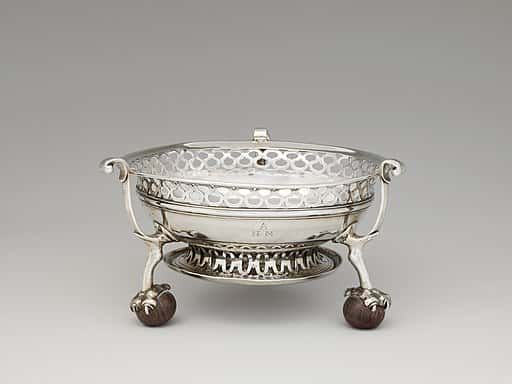 Metropolitan Museum of Art, CC0, via Wikimedia Commons
Metropolitan Museum of Art, CC0, via Wikimedia Commons What Is a Chafing Dish Used For?
One common misconception about the chafing dish is that it’s used for cooking food. Although it is used with an open flame, the chafing dish is not suitable for cooking. Rather, this dish is only for keeping food warm. Today, these dishes are largely used in buffet settings. Dishes can be prepared and placed in the chafing dish, where they will stay warm during the serving time.
Antique chafing dishes function slightly differently to the modern equivalent, however. Sometimes, these chafing dishes did serve similar purposes. In a time when the kitchen could be a good distance away from the dining room, it was important to keep food warm while serving. For this reason, chafing dishes could transport cooked food and sit on the dining table, allowing the food to be served whilst remaining hot enough to seem freshly removed from the stove.
In some circumstance, however, a chafing dish was used to cook small plates at the tableside. Foods like eggs, flambé dishes, and cheese fondue could be prepared over the gentle heat. In restaurants, these dishes could be prepared at the tableside, providing some entertainment as well as guaranteed freshness from the meal.
Some meals, such as Welsh rarebit, are historically popularly served in a chafing dish. In these meals, the heat of the food is essential to its enjoyment. Utilising a chafing dish is therefore extremely advantageous. One of the biggest advantages of using chafing dishes is that delicate meals like fish can be kept warm without risking overcooking and therefore spoiling the dish.
History of the Chafing Dish
Chafing dishes have existed for thousands of years. Even the Ancient Roman figure, Cicero, wrote about the dish, describing how the ‘ingenious vessel possesses a double bottom, the upper one holds the light delicacies […] and the fire is lit underneath’. Chafing dishes crafted from bronze have also been discovered in archaeology digs in Pompeii. This type is tall and cylindrical, with three raised legs which allow it to be placed over a fire.
Most of the earliest examples of chafing dishes are made from bronze. In environments where large feasts were served, Ancient Rome, Ancient Egypt, and Ancient Greece, ensuring the food remained hot was essential. Chafing dishes are ideal for this function, with a simple design that has persisted for millennia.
The popularity of the chafing dish has always revolved around the concept of hosting and dining, no matter the scale. In the Victorian period, the chafing dish was billed as an ideal way to tantalise and entertain one’s guests whilst preparing their food. Small dishes could be cooked at the table, and serving food that stayed hot guaranteed that plates would be finished. Equally, chafing dishes could be utilised to keep food warm for anyone eating separately, for serving small dishes to someone with a diminished appetite, or even for picnics.
Chafing dishes were at their most popular at the turn of the 20th century. In this era, before the First World War saw the end of a certain degree of luxury across Europe, fine dining was at its peak. Cookbooks from this era show that chafing dishes were marketed more or less equally towards men and women. For women, the chafing dish represented a quick and easy way to provide food for their families. For men, particularly bachelors, chafing dishes offered them a degree of self-sufficiency that was easy to achieve.
Today, ornate antique silver chafing dishes are admired by collectors for their finer decorative features. They still serve a practical use today, both at a domestic and industrial level. This timeless piece of tableware appears likely to have a future as lengthy as its past.
